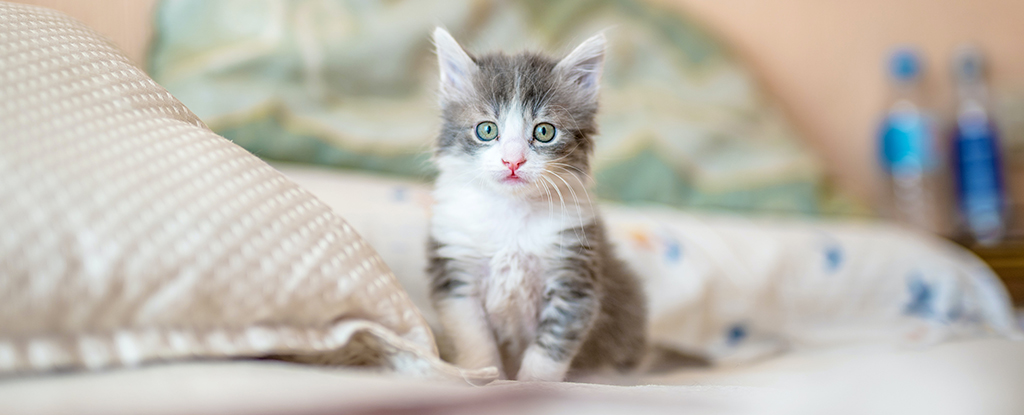Products You May Like
The history of cat domestication stretches back nearly 10,000 years, evidence from a new genetic study shows, and the bond between humans and felines was most likely sparked by a shift in the lifestyles of our ancestors.
An international team of researchers looked at the genotypes of more than 1,000 random-bred cats from Europe, Asia and Africa, concentrating on almost 200 genetic markers that established links between areas and breeds.
“One of the DNA main markers we studied were microsatellites, which mutate very quickly and give us clues about recent cat populations and breed developments over the past few hundred years,” says feline geneticist Leslie Lyons from the University of Missouri College of Veterinary Medicine.
“Another key DNA marker we examined were single nucleotide polymorphisms, which are single-based changes all throughout the genome that give us clues about their ancient history several thousands of years ago.”
The team was able to trace back the earliest signs of domestication to the Fertile Crescent region, those parts of the Middle East along the Tigris and Euphrates rivers. This so-called ‘cradle of civilization’ has previously been identified as the place where the story of the domestic cat first began.
As the current Holocene geological epoch got under way, human beings were swapping the roaming hunter-gatherer way of life for something a touch more settled, by farming in one specific place. The rodent pest control provided by cats would have helped in those new roles, prompting communities to actively encourage their presence.
That hypothesis now has even more evidence to back it up. Based on these genetic comparisons, it also looks likely that these domesticated cats spread around the world with humans – in other words, they weren’t being domesticated separately in other places at the same time.
Thousands of years later, the genes of cats across the world now show signs of ‘isolation by distance’, the researchers say, where genetic similarities between populations decrease as the geographical distances between them widen. The genetic composition of cats in western Europe, for example, looks significantly different to cats in southeast Asia.
The researchers were also keen to emphasize the differences between household cats (Felis catus) and some other animals – including horses and dogs – when it comes to the effects of domestication and lives spent in the company of humans.
“We can actually refer to cats as semi-domesticated, because if we turned them loose into the wild, they would likely still hunt vermin and be able to survive and mate on their own due to their natural behaviors,” says Lyons.
“Unlike dogs and other domesticated animals, we haven’t really changed the behaviors of cats that much during the domestication process, so cats once again prove to be a special animal.”
The work undertaken by the team in this study and previously is helping to build up a genetic database of conditions shared by felines and people, including blindness and specific types of dwarfism. The cat’s genetic structure is actually more similar to humans than most other non-primate mammals.
Polycystic kidney disease is another example of a condition that can be battled with genetic information. Having significantly reduced levels of the disease in Persian cats through genetic testing, researchers are currently running trials of diet-based treatments for the condition in humans.
“If those trials are successful, we might be able to have humans try it as a more natural, healthier alternative to taking a drug that may cause liver failure or other health issues,” says Lyons. “Our efforts will continue to help, and it feels good to be a part of it.”
The research has been published in Heredity.
